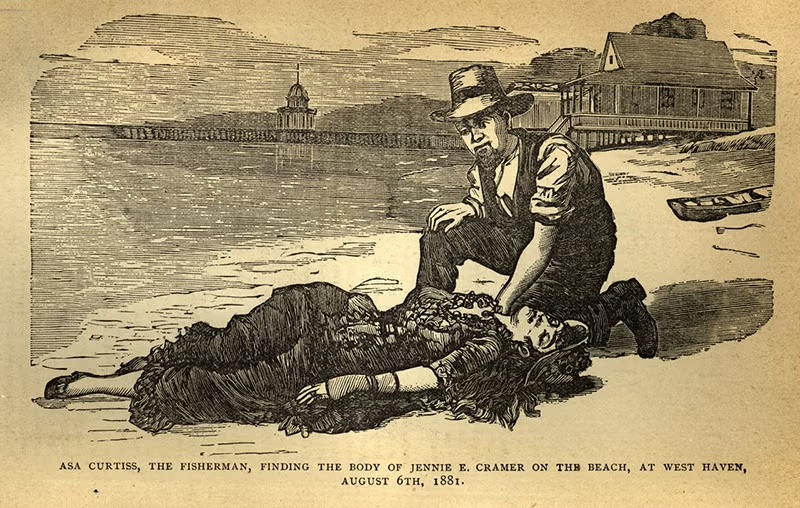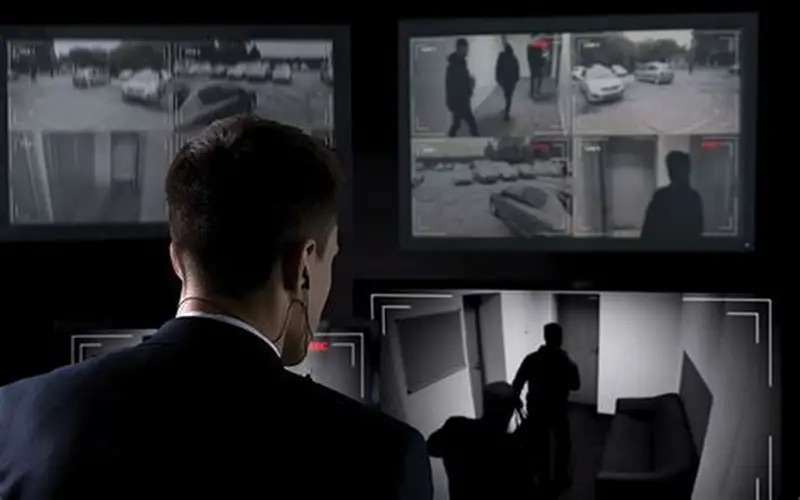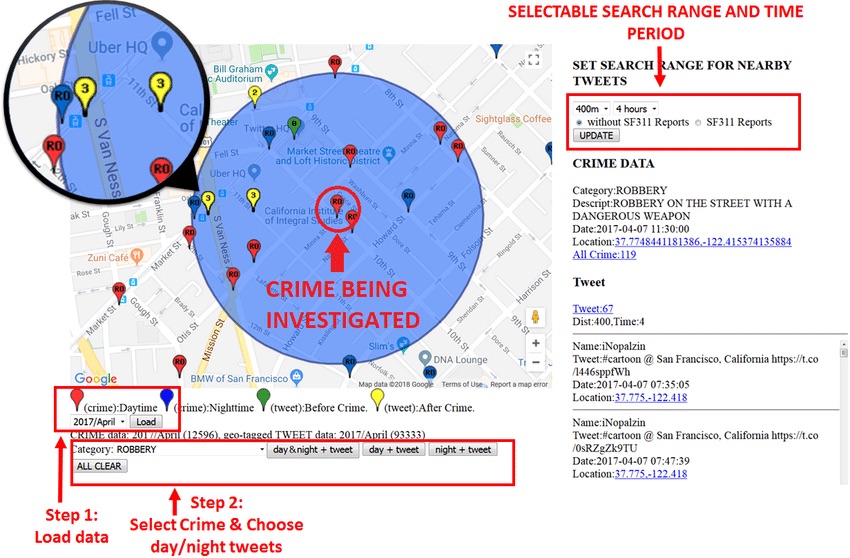History

The genre of true crime is belived to have started in the 16th century.
Between the years of 1550 to 1700, British authors and printers had produced many unparalleled number of publications relating to capital crimes. As the rates of literacy expanded, and new print technologies were developed, topical leaflets began to circulate among newly literate and semiliterate individuals. There were hundreds of crime pamplets created, short and unbound books that were between 6 - 24 pages, usually detailing horrific murders that circulated during this era.
The types of crimes depicted during these times could sound familiar to contemporary true crime enthusiats, which includes, domestic or sex related murders, womens' criminal activities, and particularly bloody assaults. As an added appeal, these publications would contain graphic imagery to illustarte more unsavory acts, such as, dismemberment, torture, and, witchcraft. Now although, this sensationalism wasn't considered lowbrow, these publications weren't printed for the masses. Despite the rise in literacy, those of the lower classes still lacked the means too purchase this material and thee ability/time to read them.

The Rise of Detective and True Crime Mysteries
When the Ratcliffe Highway murders took place in 1811, London, like most cities, there wasn't a formal police polcie department. It wasn't until 1829, that the first centrally organized police force was formed and it was called 'The Metopolitan Police'. Not coincidentally the same year, french criminal turned investigator François Vidocq, wrote highly influential memoirs. Vidocq was a self promoting pioneer of criminal investigation whose techniques influenced not just real police work, but also several literary giants of deduction. More police forces cropped up in the coming years, Boston formed it's own unified department in 1838, and New York in. 1845. Throughout the century, criminology—a science reliant on investigative methods and forensic analysis—developed, including the advent of fingerprinting and ballistics.
Alongside the rise of detective fiction, these scientific advancees shaped the public's interest in true crime mysteries. By the end of the century, Americans were comfortable with the concept of forensic science, and more specifically, the notion of the inspector. Decisions about innocence and guilt were no longer relying on divine justice, but rather on the intelligence of humans. It's in this enviroment that the Lizzie Borden Case, one of the greatest mysetries of in true crime history, became the biggest news story of it's age.
(Quick summary - On August 4, 1892, Andrew Borden and his wife, Abby, were hacked to death in their home in Fall River, Massachusetts. Andrew’s daughter, Lizzie, a church-going, temperance-supporting spinster, allegedly swung the axe. Lizzie was aquitted.)
Info Credit: Burger, Pamela. “The Bloody History of the True Crime Genre.” JSTOR Daily, JSTOR, 24 Aug. 2016, daily.jstor.org/bloody-history-of-true-crime-genre/.
Development
In short, technological advancement has revolutionized the arena of criminal investigation to a great extent and has increased the efficiency as well as accuracy of crime detection, analysis, and resolution to several fold. Some modern tools in this domain include, digital forensics, biometric analysis, artificial intelligence, and surveillance systems. All this has revolutionized investigative techniques such that, today, law-enforcement agencies can match individuals against crime with unprecedented accuracy.
Surveillance Technologies

One of the landmarks in contemporary criminal investigation is the surveillance technology, which enables a more advanced law enforcement to monitor and gather evidence. High-definition cameras, drones, and satellite imaging allow for constant surveillance of public spaces and private properties, thus helping trace suspects and prevent crimes. Real-time identification is done through facial recognition systems, and large databases help hasten the apprehension process.
That is, camera-equipped drones are used in providing aerial surveillance of large events or hard-to-reach areas. AI-driven image processing and video analytics would further advance the efficiency of surveillance systems. However, these technologies would also raise a lot of privacy and ethical issues and strict regulation and oversight need to be addressed to prevent misuse.
Forensic and Criminal Investigations

Digital forensic technology is an integral component of any modern investigation-from opening to unveiling, analyzing and preserving electronic data in a systematic way. Data recovery, cryptographic analysis, and network forensics-all these techniques help investigators track cyber crimes, recover deleted files and discover hidden communications, helping in event re-creation, offender detection, and the detailed timelining of all steps involved thereby raising accuracy and efficiency in investigation activities.
Digital forensic specialists usually present their findings to court, thus becoming indispensable evidence in the conviction of the crime. The insights also inform countermeasures to improve the security system and reduce any future risks.
Biometric Technology + Functions

Biometric technology provides a secure and accurate means of identification using unique physiological features like fingerprints, face recognition, and iris scanning. Biometric systems are used much more in law enforcement, border control, banking, and access control systems for identification, securing transactions, and preventing the wrong people from gaining unauthorized access.
Despite these merits of biometric technology, it raises issues for the security of data, privacy, and misuse. A great need to follow strong security measures, conformance to the data protection laws, and transparency in data collection ensures that the public trusts such systems.
Geographic Information System

Geographical Information Systems become tools that are currently very indispensable in crime investigations. These now allow crime investigators within the police force to analyze spatial data with a view to throwing light on crime patterns and trends. GIS technology allows crime data to be mapped, showing correlations and factors underlying criminal behavior, which all help in targeted policing strategies, efficient resource allocation, and proactive crime prevention efforts.
GIS also assists in crime scene analysis. In this, it graphs the location of evidence, witness statements, and suspect movements to develop a more comprehensive view of incidents. Although there are some data accuracy issues and a couple of privacy issues, GIS is one of those crucial factors in enhancing situational awareness and breeding effective law enforcement practices.
Info Credit: “How Technology Revolutionizes Modern Criminal Investigations - HG.org.” Hg.org, 2025, www.hg.org/legal-articles/how-technology-revolutionizes-modern-criminal-investigations-68715.



